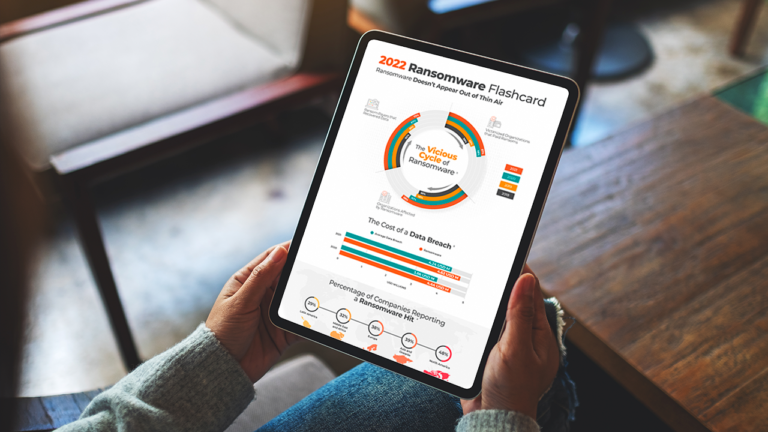Table of Contents
Ransomware attacks have painted a chilling picture for state and local governments, leading to the undeniable reality: Visibility and context in cybersecurity are not optional; they’re imperative. From halted essential services to significant financial setbacks, state and local entities must bolster their defenses against these threats.
The Ransomware Threat Landscape for State and Local Governments
Statistics to Consider:
- A 2023 study revealed that the rate of ransomware attacks in state and local government increased from 58% to 69% year over year. The global cross-sector trend remained constant at 66%
- The same study reported that among state and local governments who paid a ransom in 2023, 28% reported paying over 1 million USD, compared to 5% in the previous year.
- The downtime resulting from these attacks can span days to weeks, affecting essential services and undermining public trust.
The Imperative of Visibility
- Identification of Unusual Activities: Real-time network and system monitoring help governments quickly identify anomalies, allowing them to thwart potential threats.
- Holistic Understanding: Complete oversight of the digital environment ensures no vulnerabilities are overlooked.
- Compliance and Reporting: Visibility ensures adherence to regulations and prompt incident reporting.
- Optimized Resource Allocation: A clear understanding of the threat landscape allows for more effective resource distribution.
Context in Alerting: A Key to Effective Incident Response
One of the challenges that many organizations face, including state and local environments, is the sheer volume of alerts generated by security systems. Without proper context, it’s like looking for a needle in a haystack.
- Prioritization of Threats: With context, governments can differentiate between false alarms and genuine threats, allowing them to allocate resources where they’re most needed.
- Efficient Remediation: Understanding the context of an alert means faster identification of its root cause, leading to quicker resolution.
- Improved Decision-Making: Context provides actionable intelligence, empowering officials to make informed decisions during a security incident.
The Role of Automation and Data Integration
- Consolidated View of Threats: Automating the ingestion of data across various tools and platforms provides a comprehensive view of potential security threats.
- Optimized Security Posture: Automation allows for real-time threat analysis, reducing the window of opportunity for attackers and thus strengthening the security stance.
- Cost-Efficiency: By automating repetitive tasks and integrating various data points, governments can minimize manual interventions, leading to significant cost savings in manpower and reduced response times.
- Future-Proofing Security: As the technology landscape evolves, automated systems can be more easily adapted and scaled to meet emerging challenges.
Securing State and Local Environments: A Path Forward
As state and local governments find themselves in the crosshairs of cyber adversaries, the integration of visibility, context, and automation becomes paramount. These elements collectively form the foundation for a robust and responsive cybersecurity strategy, ensuring the protection of essential services and the trust of the public. Echoing The Forrester Wave™: Network Analysis and Visibility Q2 2023 “There can be no Zero Trust without visibility into what is happening in networks.”




